Branding Vs. Rebranding: Understanding the Key Differences
Branding Vs. Rebranding: Understanding the Key Differences
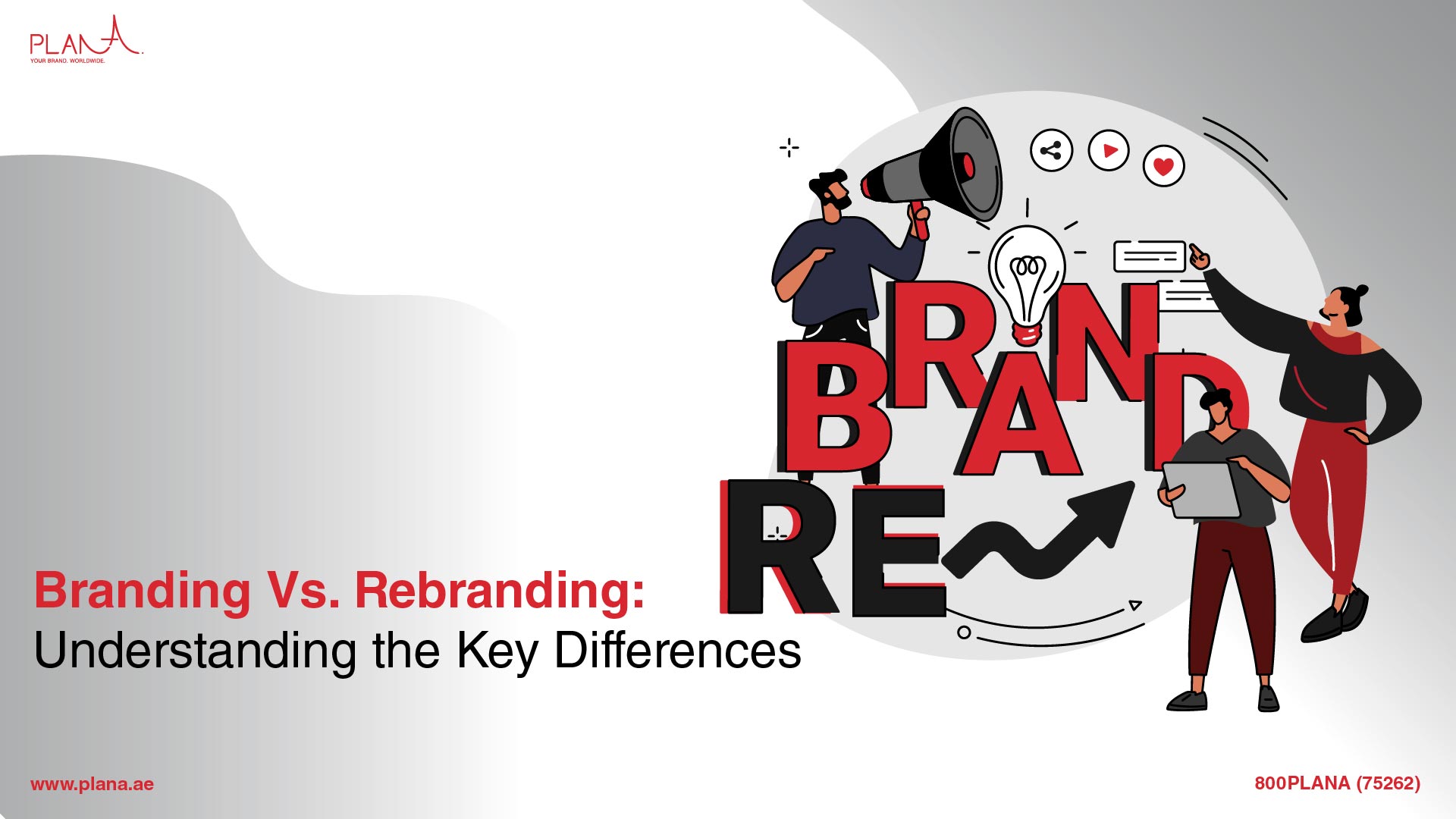
Which is better—branding or rebranding?
Understanding the distinction between branding vs. rebranding is crucial in order to respond to the above question. The tactics used in branding and rebranding are fairly similar.
Although they occur at various times and evolutionary stages within brand management, they are essentially comparable. Therefore, it is ‘the when’ that should be differentiated, not ‘the what’, the situation in which a branding or rebranding approach is chosen.
Let’s discuss each vertical separately for better understanding.
Branding: An Overview
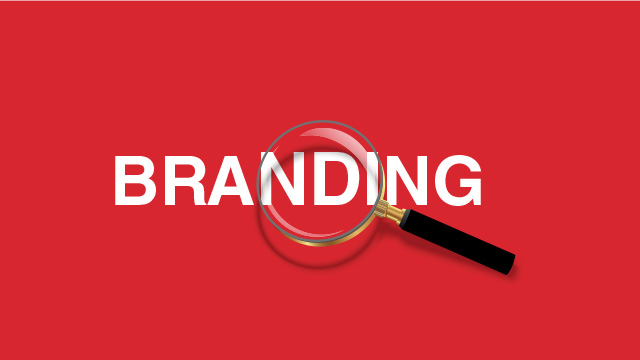
The phrase "branding" refers to the general layout and advertising of a business, its goods and services. In order to establish the company's identity in the eyes of consumers, branding entails choosing the colors and design components needed to create a logo and systematically labeling and packaging all items using comparable elements.
Recognition of a company's overarching message, which is woven into design components and marketing features, is another aspect of branding. When it comes to branding, there are two categories:
Branding as Identity Creation
The careful process of building an identity that sets your brand apart from the competition is known as branding. A brand manifests as a visual identity, which often consists of a name, logo, slogan, website, and marketing materials, and bases itself on a potent copyright narrative.
Related: 9 Types of branding with examples
Integrated Management of Branding
Once a brand is up and operating, it is the responsibility of someone knowledgeable about the brand identity guidelines to maintain consistency.
A widespread misconception about branding is that it belongs to the same vertical fields as marketing, advertising, public relations, or customer service. In its optimal state, branding acts as an integrated function stretching across all platforms and disciplines, which sets it apart.
Benefits of Branding
- A corporation can differentiate itself from the competition by branding both its products and services. Consumers will easily recognize a company based only on its color and design components if branding is done well and consistently.
- Many franchise restaurant chains and soft drink firms are examples of good branding since the logos themselves instantly identify the brands in the eyes of consumers.
Disadvantages of Branding
- The biggest drawback of branding is the high expense involved, as it takes time and money to build a brand, and as a result, businesses must spend a lot on publicity and advertising.
- Because branding agencies in Dubai provide quality for a high price, there is limited flexibility in the quality of their products and services. Customers will only pay this extra price if the quality is guaranteed.
- Another drawback of branding is that it is very difficult, if not impossible, to restore the brand to its prior position or status if it gains a poor reputation for any reason.
Rebranding: An Overview
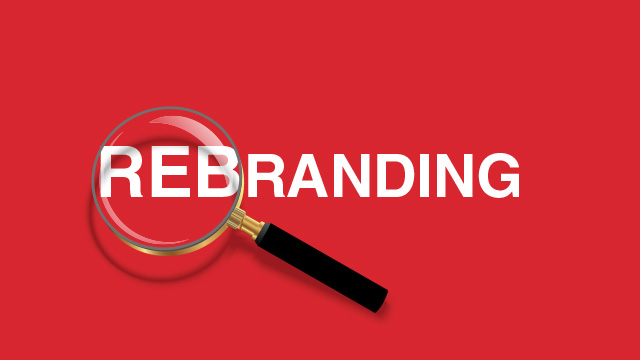
In the year 2000, BP spent £4.6 million on creating a new logo and another £132 million on redesigning all of their external pictures over the course of two years.
Even while the typical rebrand generally won't cost you anything near that much money, it's worthwhile to approach the process as if that much money were on the line.
After all, the danger of becoming sidetracked during a rebranding process could leave your business stuck between an unfinished present and an uneven future. This indicates that you struggle to stand out in the crowded market, motivate your workforce, and connect with clients.
Related: How to rebrand your business on social media
Benefits of Rebranding
- By rebranding, you can alter your exterior appearance without fundamentally altering your internal operations. People are significantly more likely to purchase a product from a new brand than from an established one that they are more familiar with for a different set of products and services.
- Your previous brand might not quite reflect what you are doing right now. You may redesign your logo, name, and overall brand identity to better suit your business by taking the time to consider your brand and how you should be expressing it.
- There will always be new experiences to learn from, whether you're a start-up business or a well-established corporation: PR disasters, logistical problems, competition threats, or simply subpar customer interactions. This information can be used more effectively in the future.
Disadvantages of Rebranding
- Rebranding typically entails making a sacrifice, which could be brand recognition or the built-up equity in your business. Even if you make clear announcements about this change, some of your consumers will undoubtedly disregard or overlook them. Consider spending some time evaluating the value of your brand before making a total shift.
- Everything must be rebranded, including website domains, employee uniforms, packaging, and signage. To get it right, you must invest time and money. If handled improperly, this might very easily become a liability.
When Should a Company Rebrand?
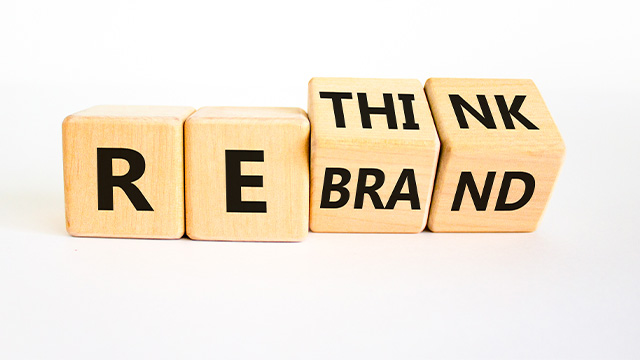
A company might desire to rebrand for a variety of reasons.
- Your branding needs to be appealing to a new audience if an established firm wishes to target a different demographic, and updating your branding is a crucial component of this transformation.
- A brand slogan that is too wordy, ambiguous, or unrelated to its target market will lessen your influence in contrast to your rivals. Frequently, the more successful your business grows, the more you neglect its branding.
- Is your branding outmoded or childish? Certain color schemes may be viewed as juvenile by an older audience if your organization wishes to market to them. Bright colors might wish to be muted or replaced with pastel or low opacity colors.
- If a particular aspect of your branding, such as the company name or logo, is deceptive and gives prospective customers the wrong impression, think about why this is the case and what you can do to improve and change it. Here, research and focus groups would be quite helpful because they would let you test different branding strategies to discover which ones connect with your target demographic the most.
FAQs
What is the difference between branding and marketing?
Despite the fact that the two ideas (branding and rebranding) are obviously similar in many ways, they nonetheless differ significantly.
A company's brand is its long-term commitment to its clients and the rationale for its existence. Finding and engaging with audiences who are most likely to profit from that long-term promise is the goal of marketing.
What are the potential risks of rebranding?
Rebranding causes a disturbance to a company's routine operations. The people who would be most impacted are frequently excluded from decisions made on the brand. Employee perplexity, resistance, and anger are therefore very genuine concerns.
Moreover, change can be frightening since no one can predict with certainty what will happen in the end. You could lose a few clients. You run the danger of losing some of your current consumers if a comprehensive rebranding strategy is not developed and implemented correctly.
Is it necessary to change the company logo during the rebranding process?
It depends on several factors. Changing your logo is one of the key rebranding tactics. Your clients will be informed that your brand's identification has changed through the use of a new logo. You can make it more streamlined, use various colors, etc.
The major justification for changing your logo is to ensure that it complements the new identity you're promoting through the rebrand.
Can rebranding help revive a struggling business?
Yes. An excellent brand makeover can save a failing product and entirely turn around a corporation. To find out which audience your company resonates with and what kinds of products, designs, and content these audiences want to see, extensive market research is necessary.
What role does customer feedback play in the rebranding process?
It takes work to run a successful rebranding campaign. Depending on the size of your business, it may also be expensive for you.
Therefore, you must ensure that you get it properly if you are a large firm and the expense of a rebranding effort is proportionally high. Asking your clients for feedback is necessary before making a significant change. Customer insights can help with it.
How can a company effectively communicate a rebrand to its target audience?
By creating a thorough communication strategy that includes targeted outreach, consistent branding, and clear messaging, a firm may effectively communicate a rebrand to its target audience.
To reach the target audience in various ways, this plan should contain a number of channels like social media, email newsletters, press releases, and website updates.
The messaging should make it very obvious why the rebranding is happening and how the target audience will benefit from it. In order to ensure that customers' requirements and preferences are taken into account, the business should also be open and honest about the entire process.
The Bottom Line
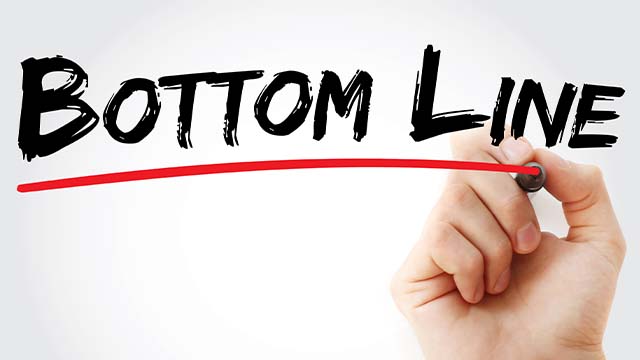
Planning branding or rebranding work is difficult and necessitates investigation beforehand. This proves that rebranding is essential and should be done to various degrees. Repositioning is the process of fully changing the brand.
On the other hand, when we update, it's because of more natural things like time passing or small alterations. Additionally, it confirms that the benefits or drawbacks of rebranding depend on the circumstances of each individual situation.
In conclusion, the variety of issues prompts us to consider branding or rebranding as a methodological issue that may offer various answers for various organizational evolutionary stages.
